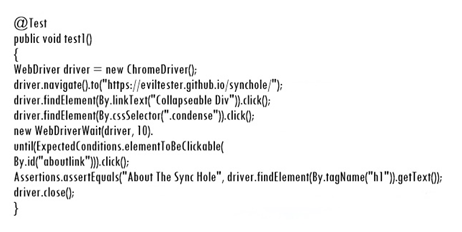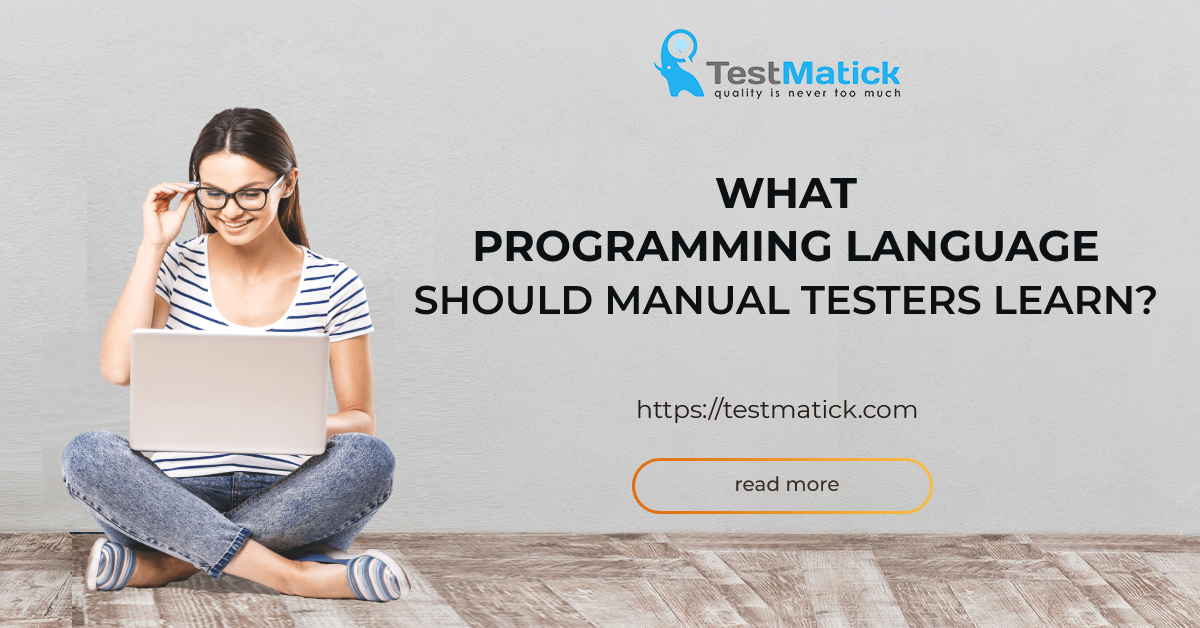One of the most difficult things is to start studying something new in the field of programming: IDE installation, dependencies implementation, creation of the first autotests, and so on. Choose such a programming language you have someone to help you with, or you have educational resources to work through.
It is not so difficult to switch from one programming language to another one. Hence, there’s no need to worry if you get stuck with some language – just keep moving. This is how it works theoretically.
But how it is in real practice, we will see further in the article.
What Programming Language to Learn?
The answer is really simple – that language with which your friends and colleagues can help you. In general, all the programming languages are identical. And if you know at least one of them, it will be easy for you to learn another one.
Groups of Programming Languages
If we put the programming languages in chronological order, we’ll get the following list:
- ZX basic;
- 68000 asm;
- C;
- Visual Basic;
- C++;
- Java.
You can start with this and meanwhile, such languages as JavaScript, Hope, Pascal, Prolog, Fortran, Basic, Ruby, Lisp, PHP, and others will come easy for you.
All languages can be divided into classes. And if you know some languages in one class, you will easily learn another similar language from the same class.Here we have the main such classes:
- Assembly;
- Function-Oriented;
- Functional;
- Symbolic coding;
- Object-Oriented;
- Pure Object-Oriented.
Function-oriented languages. It isn’t a technical name of programming languages. It is the name of a group of languages that initially didn’t have the concept of objects.
By default, they have structures and pointers which allow simulating some objects by creating structures with links to other structures. Later, all the object-oriented conceptions were successfully added to Pascal, Cobol, Fortran, C++, and Objective C.
Some languages allow combining several styles, for example, functional programming and object-oriented programming. But don’t worry about that.
You have to understand that if you know one language, you will easily switch to another one. No doubt, you won’t get stuck with one out-of-date language without an opportunity to move on with the educational process (for example, when you attend specialized courses in your QA Company).
An Example of Switching One Language to Another One
Let’s take a look at the situation when a person is moving from one programming language to another one. As the context, we’ll take WebDriver.
Using of C#:

Example of using WebDriver in C#
The same example but in Java:

Example of using WebDriver in Java
A lot of minor differences in methods’ names can be quickly handled by automatic completion of the code in IDE. A user starts writing a code and sees a list of methods available at that moment. Then, after some time, the user will easily understand some specifications of the studied programming language.
Begin to Learn
The hardest thing is getting started with a new programming language. You may ask such trivial questions as:
- How to install it correctly?
- How can I add dependencies to a project (for example, NUnit, JUnit, or Selenium)?
The right thing here will be to watch some installation videos about the latest version of the necessary programming language. In this case, if you strictly follow actual rules, you will easily get started.
It is a common situation that the most difficult task is to stick to modern versions, and sometimes it is very confusing for users. The way out is simple: choose the programming language you have someone to help you with.
Experience has proven that a user starts with Ruby and Python because they are simple at the beginning. But as soon as you need to write unit tests or use Selenium, HTTP, or REST requests, you will need to add new libraries (and this can be done through dependency management systems). At this point exactly, as a rule, everything becomes complicated and confusing.
Nevertheless, once you get through all dependencies, you will be able to easily switch between programming languages and won’t spend much time thinking of which language to learn today and which one tomorrow. And finally, you may always search the web: if there is a language which technical features you will simply decipher, start with it.










Leave A Comment